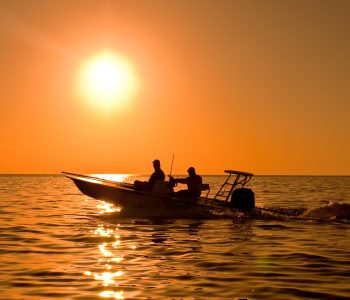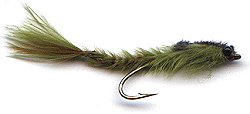
The Frumpy Seducer dressing
Notice: When I use a dry fly line I prefer a weighted variation. In that situation I use a fine lead wire as underbody. In later variations I also use a ribbing of silver, gold or copper wire. Red or green copper wire can be very effective in some waters.
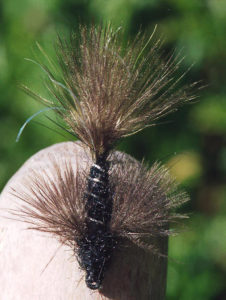
(Original dressing for sinktip line)
Hook: Daiichi 1280 size 8-6
Thread: Uni 8/0 same colours as dubbing
Tail: Chickabou or grizzly marabou tip fibres dyed in several natural colours
Body: Squirrel dubbing dyed in several natural colours (if possible same colour as tail)
Pectoral fins: Chickabou or grizzly marabou tip fibres (same colour as tail)
Head: Same as body but very big
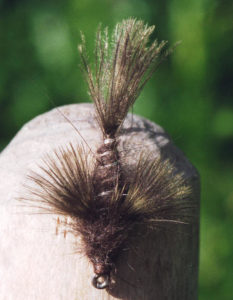
Tying techniques
(unweighted version)
Step 1.
Select two Chickabou or grizzly marabou feathers for about the same quality, size and length. Leave the quill inside and take them together. Put on your thread and tie in the feathers with two or three turns. Pull at the feathers until you get a nice tail from about 15-20mm. Secure the Tail well and cut off waste. If you prefer ribbing you should tie it in at this stage.
Step 2.
Make a spinning loop and lay dubbing in between. Wrap a nice and tapered body until 1/3 in front of the eye. (Wrap your ribbing forward and secure)
Step 3.
Take two Chickabou feathers and tie them in with 2 or 3 windings at the right and left side of the hookshank. Pull the feathers until they are in the right position and length. (About 10-15mm) Secure them well with your tying thread.
Step 4.
Make a new dubbing loop and produce a large tapered head. Tie off.
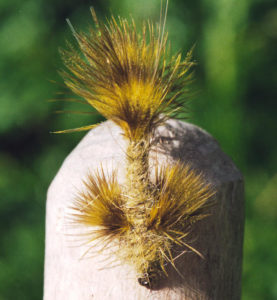
Fishing techniques
Depending on the size of the river, I prefer to start with a floating line. If unsuccessful, I usually try a twenty-four foot sink-tip line to present the fly a little deeper. In rivers I mostly cast down and across and retrieve the fly at different speeds. I use the tip of the rod to produce the action. When I use a sinktip I always fish with unweighted versions. For some waters I made an underbody of high floating material to give the fly an extra action. The fly wants to go up but the sink-tip pulls it down while retrieving. This works extremely well in still and saltwater too. With a floating line I do the opposite by using weight in the patterns.

